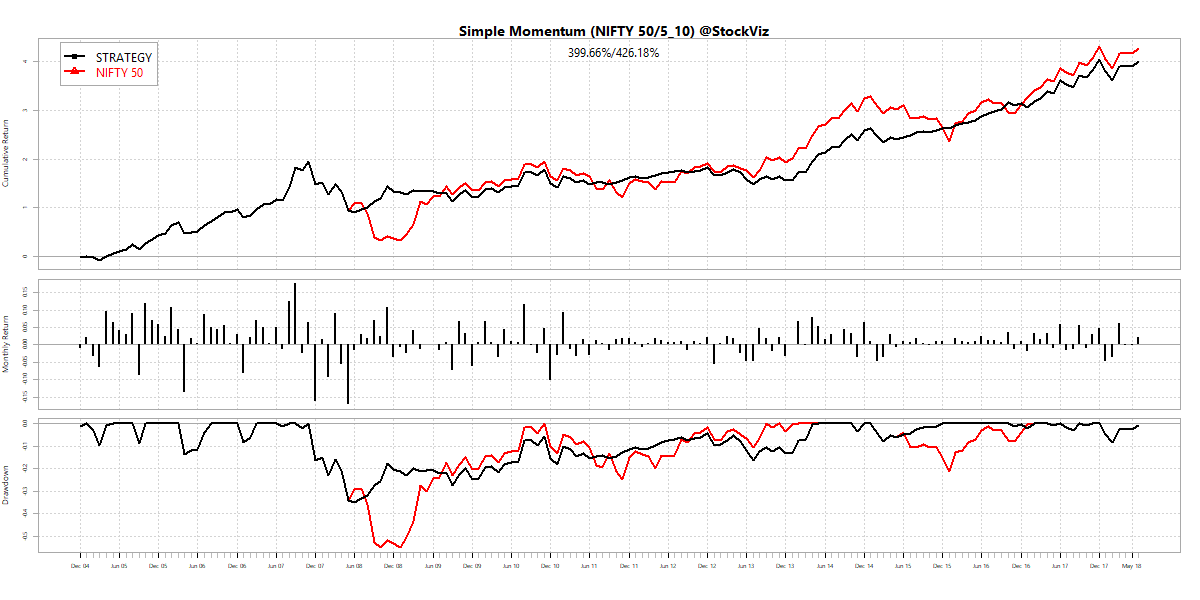In The Attention Merchants: The Epic Scramble to Get Inside Our Heads (Amazon,) author Tim Wu walks us through how the advertising industry evolved from its patent medicine roots to the current mess of privacy invading ad exchanges.
Advertising is primarily about gaining a person’s attention. The medium through which this is done has evolved from posters and billboards to newspapers and magazines to tv and internet. The media is the aggregator of attention – their principle goal is to draw people in and then sell their attention to the highest bidder. But how do you measure attention? How do you know if someone watched your ad? Or, for that matter, should watch your ad? What are the boundaries of one’s privacy?
What struck me was that as the stakes kept getting higher, so did the degree of invasion into our head-space. We are now at a point where the vast majority of websites you visit are sending your data to third-party sources, usually without your permission or knowledge.
For every two eyes looking at a screen there are probably ten or more looking back at them.
And it is no longer just your “digital” footprint.
Did you know that there are now billboards that can track you by your phone’s wifi?
All WiFi-capable devices broadcast a unique ID – a Media Access Control (MAC) address – when they’re looking for networks (and so long as WiFi is enabled, they’re always looking for networks). So if you walk around carrying a mobile phone with WiFi turned on, you’re broadcasting your own, unique radio beacon, and it’s easy to track your movements.
Scary stuff.
Recommendation: Worth a read.







